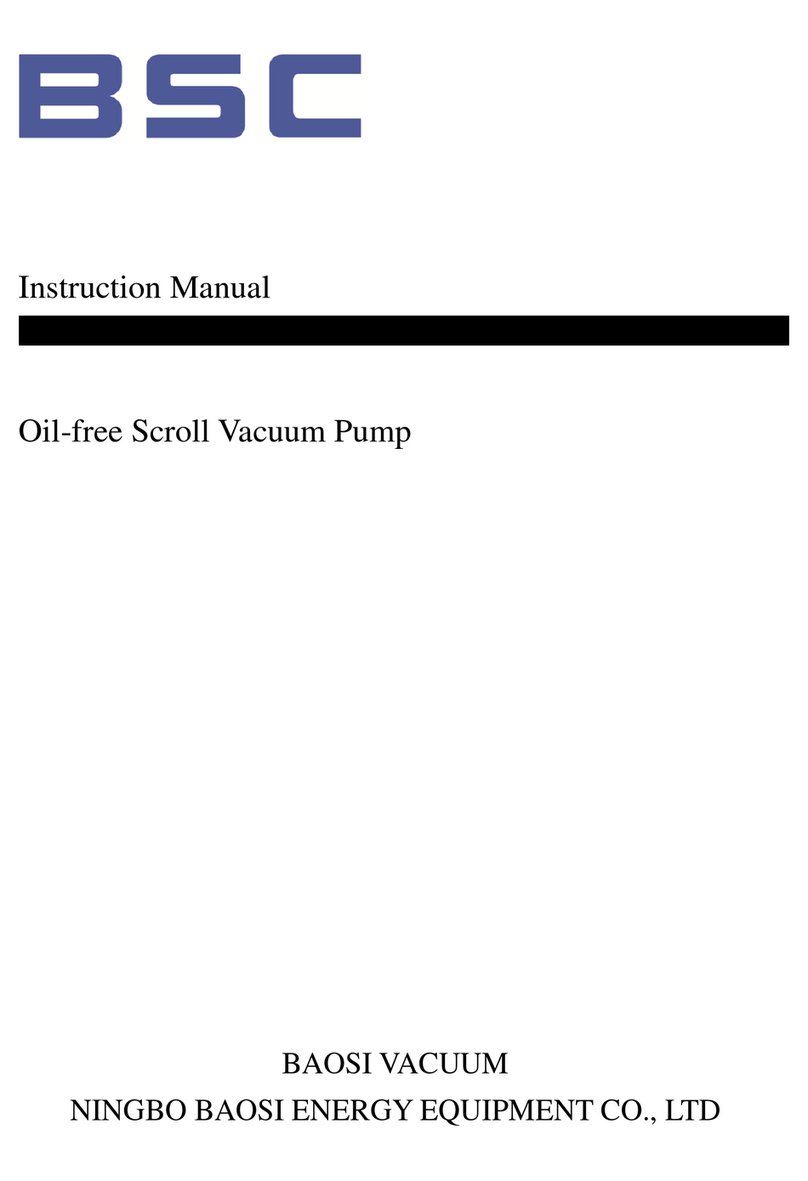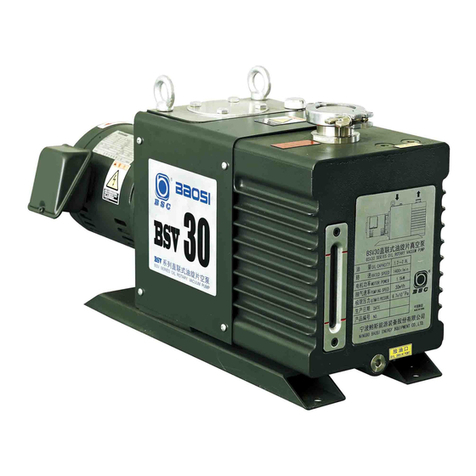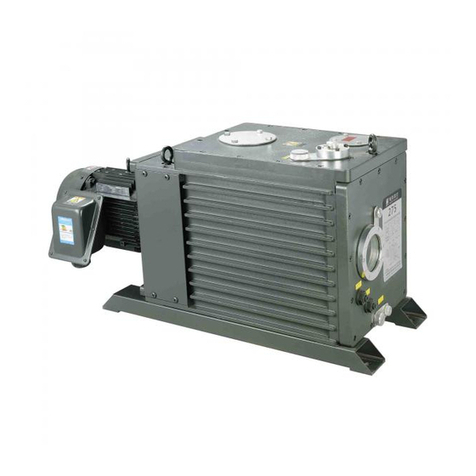
Contents
1. Introduction ..................................................................................................................................1
1.1.Application range and definition.......................................................................................1
1.2. Description........................................................................................................................1
1.2.1. Outline...................................................................................................................1
1.2.2. Structure ...............................................................................................................2
1.2.3. Working Principle ..................................................................................................2
1.2.4. Hydraulic transmission..........................................................................................2
2. Technical Data ...............................................................................................................................2
2.1. Operation and storage......................................................................................................2
2.2. Performance .....................................................................................................................3
2.3. Mechanical data................................................................................................................3
2.4. Electric data ......................................................................................................................4
2.5. Lubrication data ................................................................................................................4
2.6. Cooling water data............................................................................................................4
2.7. Vibration and Noise data ..................................................................................................5
2.8. Connection........................................................................................................................5
3. Installation ....................................................................................................................................5
3.1. Safety ................................................................................................................................5
3.2. System requirement .........................................................................................................6
3.3. Unpacking inspection........................................................................................................7
3.4. Oil filling ............................................................................................................................8
3.4.1. Hydraulic drive ......................................................................................................8
3.4.2. Shaft seal oil reservoir...........................................................................................8
3.4.3. Gear cover.............................................................................................................9
3.5. Electric connection............................................................................................................9
3.5.1. Power supply.........................................................................................................9
3.5.2. Motor connection .................................................................................................9

































